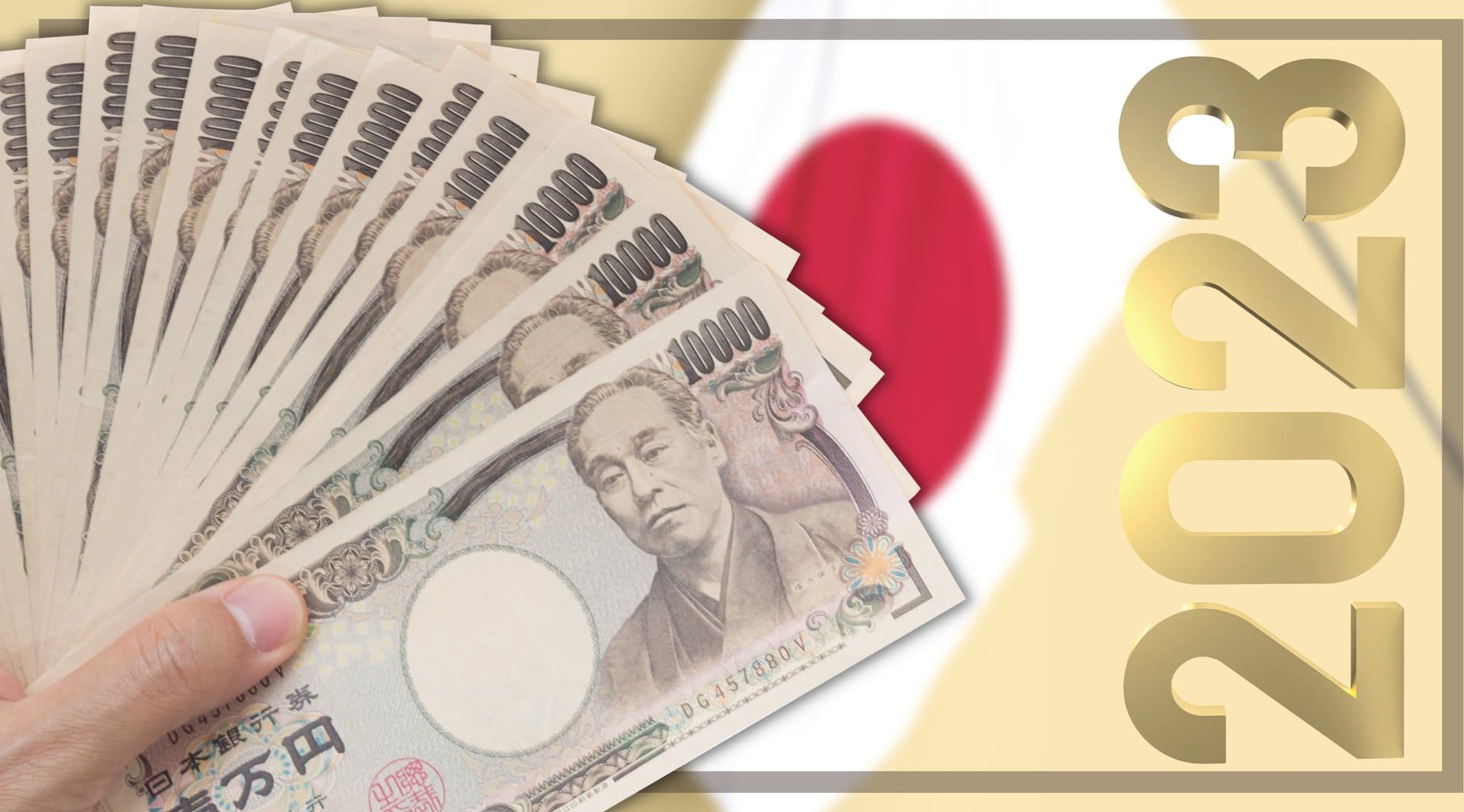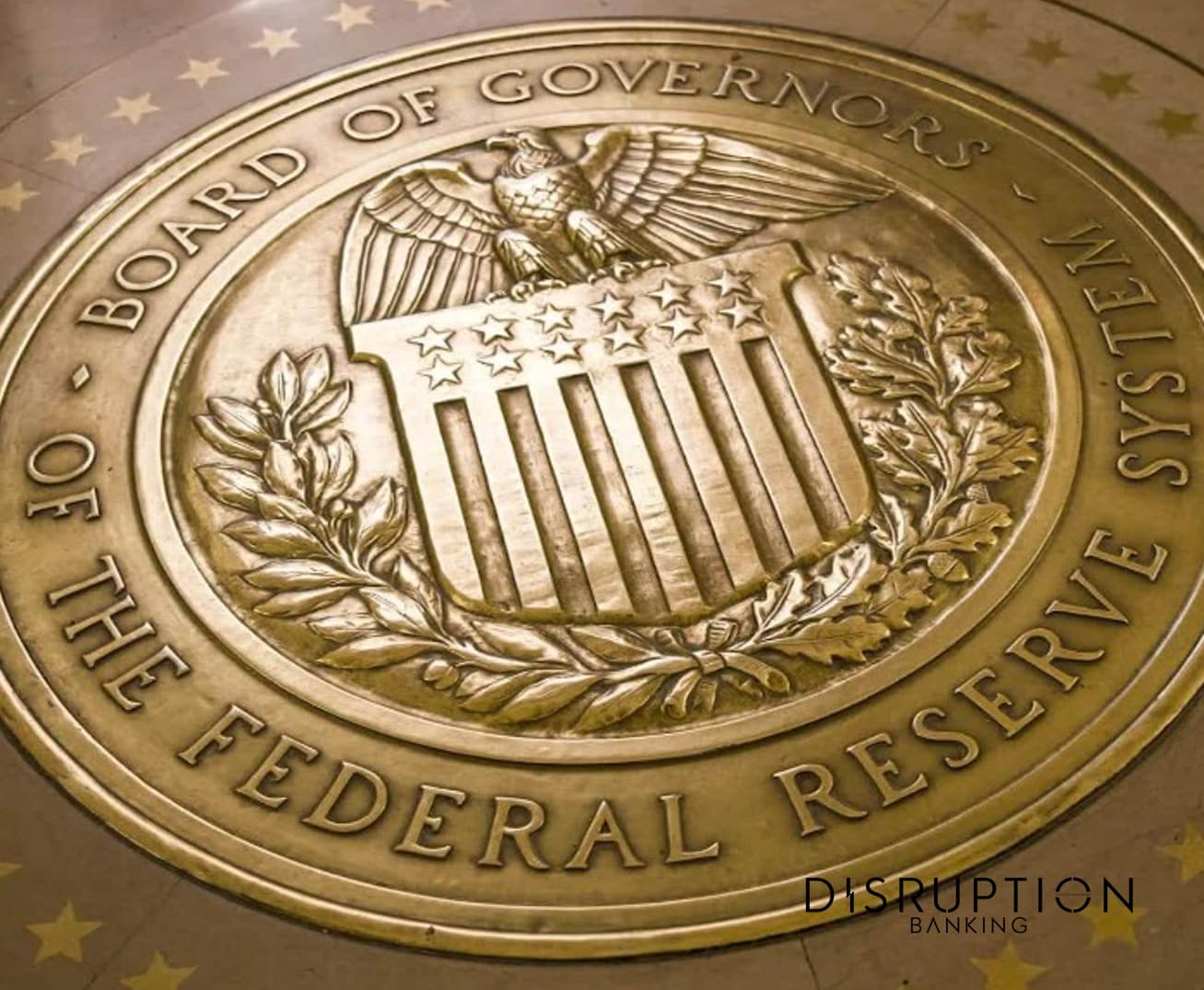2023 has been a difficult year for the Japanese Yen (JPY) so far.
The US Dollar (USD) has strengthened against the yen by almost 10% in the first six months of the year alone. The depreciation would likely have been more severe but for the central bank’s heavy intervention in foreign exchange markets. The Bank of Japan (BOJ) is known to prop up the yen by selling billions of dollars in reserves and purchasing its national currency.
This has mainly been driven by discrepancies in the interest rates offered by the Federal Reserve compared to the BOJ. Last March, the Federal Reserve moved to start hiking rates significantly in the States in a bid to tame rampant inflation, which peaked at 9.1%. Rates are now between 5-5.25% in America.
However, the BOJ has remained committed to ultra-loose monetary policy and rock-bottom interest rates. Despite most of the world’s major central banks hiking rates – including the Fed, Bank of England, European Central Bank – as well as its regional neighbours – such as the Bank of Korea – the BOJ has not followed suit. Last week, the central bankers decided to keep short-term interest rates unchanged at -0.1%.
Bank of Japan leaves rates unchanged, holding them at ultra low levels https://t.co/Rhv8whZVi4
— CNBC (@CNBC) June 16, 2023
This has had serious repercussions for the Japanese Yen. The widening interest rate differential between the yen and the dollar means that foreign exchange traders are highly incentivised to hold the greenback. Greater yields on the dollar, which is also considered to be one of the world’s safest financial assets, make it a more appealing investment than the yen. Hence, there has been significant capital flow out of the Japanese currency and into other major currencies offering better yields.
Macroeconomic factors in the Japanese economy have also kept the yen at low levels. Recent data showed that the Japanese economy barely grew in the last quarter of 2022, with sluggish global growth slowing overseas demand. This meant Japan posted a record trade deficit which, given this comes at a time when the yen is weakening, has made the price of imported goods more expensive. Last month a Reuters poll also showed that the Japanese economy is likely to grow more slowly than expected across the rest of the year. This weakness has further dampened demand for the yen, while there remain question marks as to whether the yen retains any “safe haven” appeal.
Is the Japanese Yen still a #safehaven currency? #Japan https://t.co/duar8JjhWd
— #DisruptionBanking (@DisruptionBank) June 19, 2023
However, there are some encouraging signs that the BOJ may be about to change course on its monetary policy – a change which could offer the Japanese Yen space to appreciate. The Japanese global investment bank Nomura has argued that the Federal Reserve has reached “the peak” of interest rate hikes and that the BOJ could adapt its yield curve control (YCC), allowing interest rates to rise. A narrower gap between American and Japanese rates would likely allow the yen to make some gains on foreign exchange markets. Standard Chartered believes that the BOJ could be set to abolish YCC altogether, which could see interest rates go up significantly – and therefore see the yen make solid gains.
Most analysts believe that policy normalisation by the bank could allow the yen to surge by as much as 60%. But only time will tell if policymakers in Tokyo are prepared to drop decades of unconventional thinking and allow the yen to make sustained gains.
Author: Harry Clynch
#Japan #Asia #JapaneseYen #ForeignExchange #InterestRates















